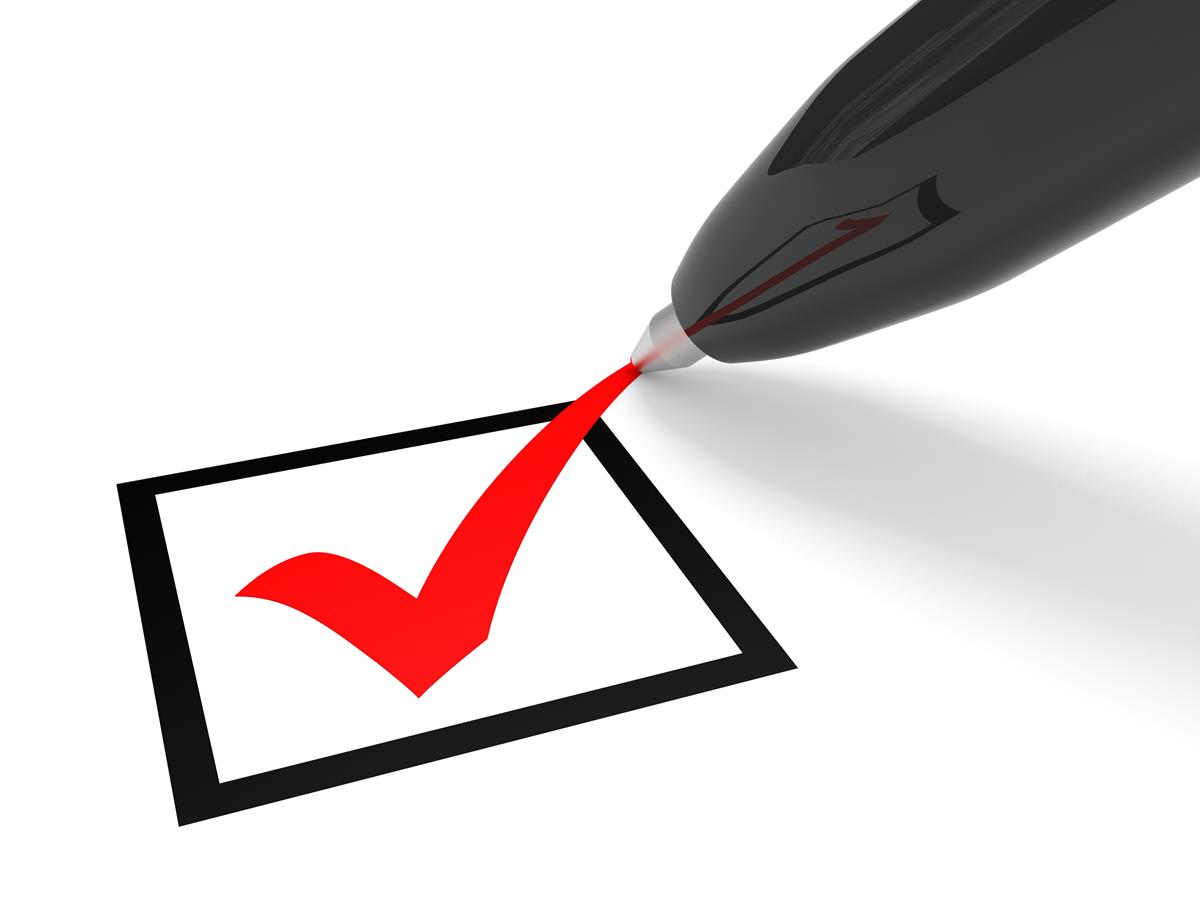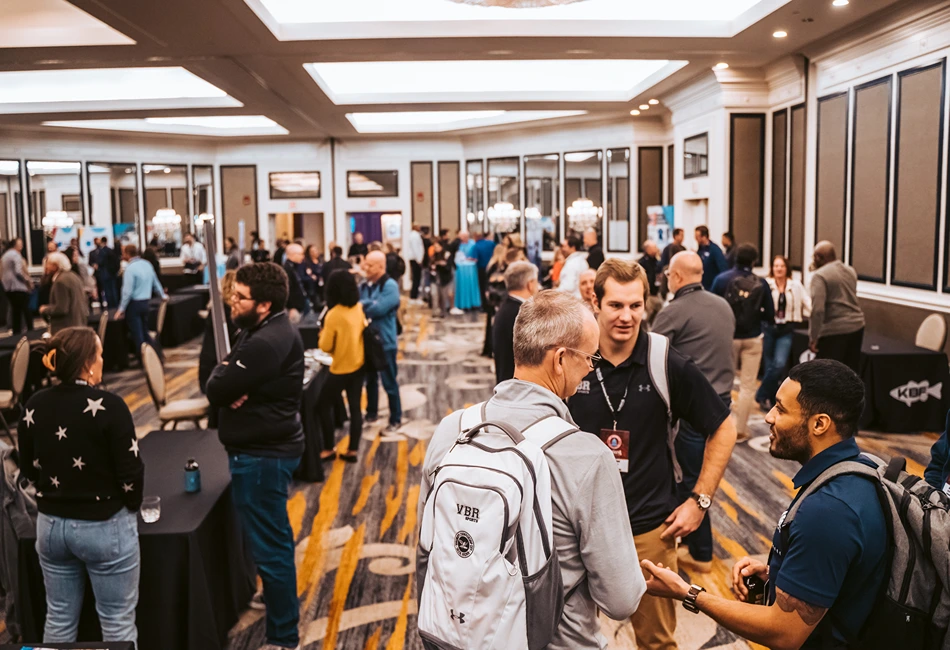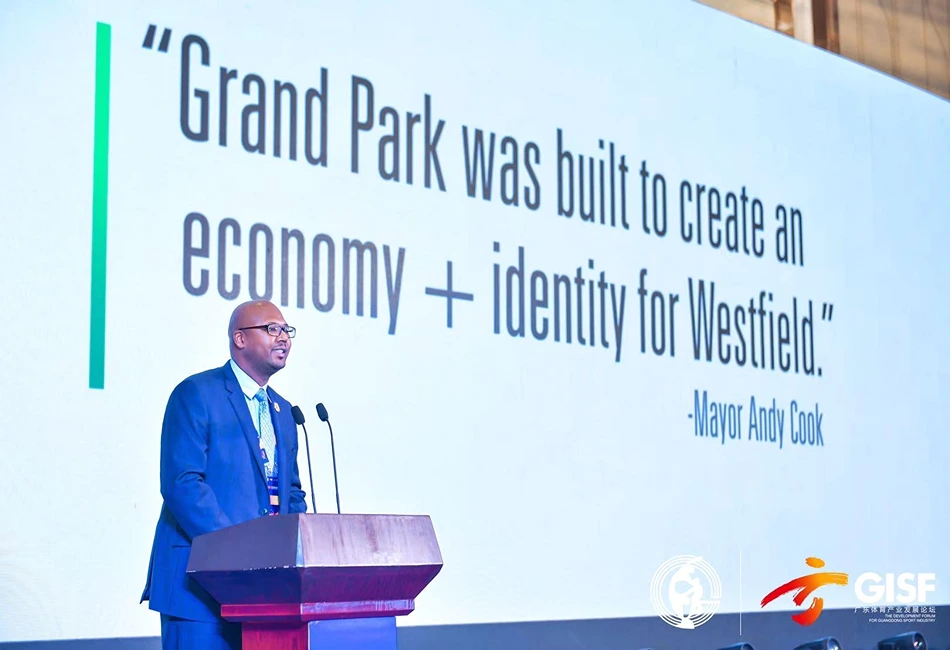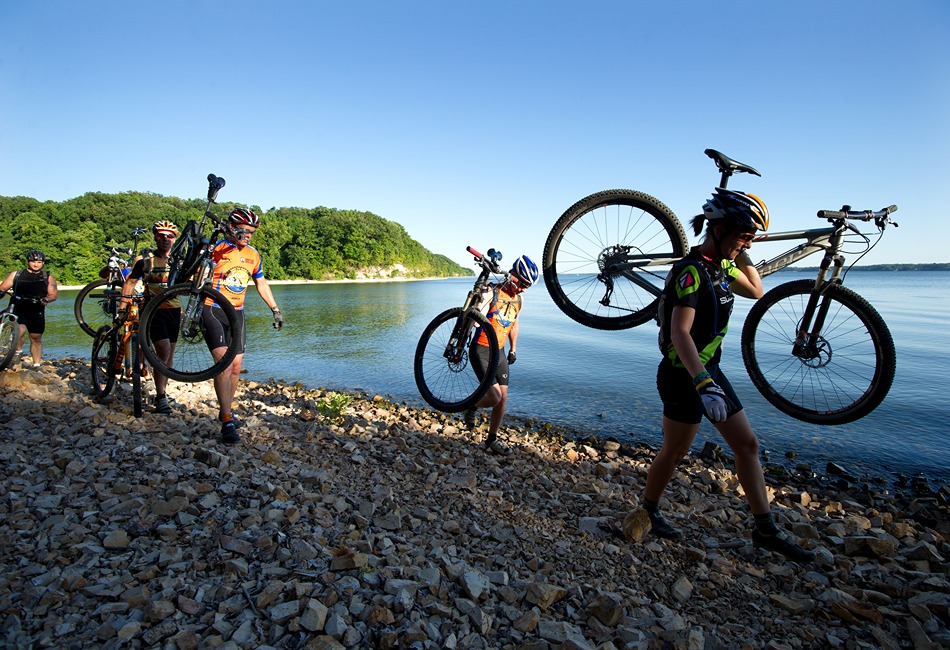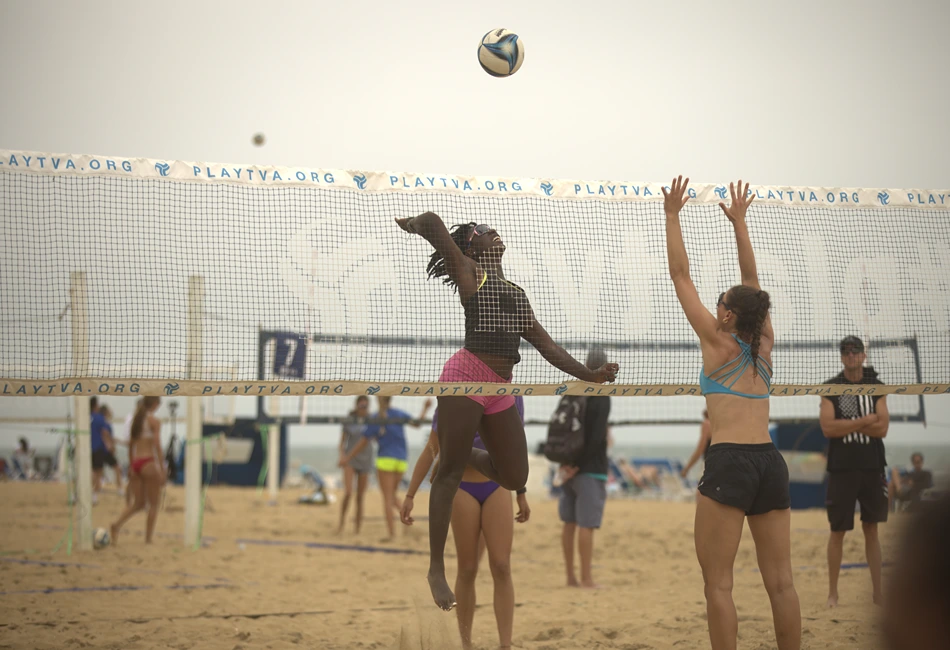At Sports Planning Guide, we have provided a number of articles that emphasize the organization and conduct of grassroots events and provide the tools to assist novice organizations in doing so. Internal communications is one of these tools.
What we have here are 10 administrative items that will help an Event Manager become an awesome communicator and an efficient leader.
Keeping the staff and volunteers of the Local Organizing Committee (LOC) fully informed will do that. And from the manager’s side it keeps the potential myriad number of internal questions to a minimum. These 10 lists and forms provide a solid foundation for the LOC. They are all featured in The A to Z Guide to Organizing a Sports Event that is available through Sports Planning Guide (https://sportsplanningguide.com/sports-event-planning-resources/).

1. Event Committee List
One of the first items in the event organizing process, and one that needs to be constantly updated, is a list of event staff and key volunteers complete with their phone numbers, email addresses and event responsibility. The list may also include any vendors, suppliers, facility staff and other persons who are heavily involved in the event. This sounds like a no-brainer, but many small events face the “how do I get in touch with …” issue. For the event itself, the most important phone numbers should be included on a laminated phone card easily attached to a credential or fitting into a pocket.
2. Equipment & Supply Lists
Every event process at San Antonio Sports began with my formatting these two lists. They helped me break down the different areas of responsibility and identify the equipment and supplies needed for each area. The smallest items were listed, as it is those that cause a delay in the event, such as batteries, extension cord, plug adapter and water key. Such lists make it easy to account for acquiring the items, ensuring they get to the venue and the correct area needed, and especially ensuring they are recovered upon completion of the event.
3. Event Information Sheet
This is a very simple one page sheet of Who, What, When and Where of the event. It allows everyone involved with the LOC to answer simple questions without having to call or email the Event Manager. The Who and What might describe the tournament format for particular age groups, how to register and the prizes to be awarded. Also, where the event is located, parking info and what amenities are available. The schedule of events should be listed as well as any rain date, and phone numbers for event information and for volunteers if they are being recruited. It’s also a good place for some event sponsor recognition.
4. Event Schedule with Logistics
The Event Schedule provides a complete picture of all functions and activities leading up to and supporting the event. I like to start with the date and time of the very first competition and move backward to gate opening, volunteer call time, venue deliveries, equipment installations, social events, etc. One then moves forward to following days’ activities and times, awards ceremony and venue tear-down and cleanup.
5. Timeline of Major Projects
Even the simplest and best organized event will have some last minute issues that require immediate attention. Projects that should have already been completed may be affected if staff has to be diverted. Thus, the importance of early identification of major projects and determining a completion deadline for each. A Timeline might start in increments of 3-6 months out, one month out, competition days and post competition. It’s important to note that some projects such as a souvenir program and event signage will require the input of several people, thus needing several deadlines. Event Managers should monitor this timeline as closely as they monitor the budget.
6. Logistics Form
As fussy as I was about lists, this was one of my favorites. It’s a grid summary of all equipment and supplies needed in each physical area of the venue. It requires the input of the staff or key volunteer in each area so that accurate numbers of tables, chairs, coolers, lights, signs, trashcans, cords, etc. can be procured. For venues with multiple areas requiring large numbers of tables and chairs, this form is a must. If area coordinators are to work efficiently, they must have the needed equipment and supplies.
7. Signage Form
Any event needs some signage, whether it’s directional, informative, decorative or sponsorship. A high attendance tournament in a large venue with hundreds of spectators needs a good amount of visible signage just to keep volunteers from being bombarded with “where is …” questions. Each project coordinator should be queried as to signage needed in their specific area, so this large number of signs will then need a method of ensuring they are correctly printed, delivered and displayed. The signage form is a summary of all signs needed, stating what each one reads, its size, the size and color of the letters, quantity and where and how it’s to be mounted. You can believe that print shops are happy to receive this form when ordering signs. One important note … fancy and/or clever signs quickly become souvenirs and they could disappear early during a multi-day tournament. Having some blanks on hand is helpful.
8. Job Descriptions and Responsibilities
This could be an “icing on the cake” item, and more likely to be developed over time for an event that takes place annually or semi-annually. The efficient Event Manager knows the various job descriptions and, in most cases, delivers them orally and at the event. The larger the event, the more beneficial these become. It helps greatly with volunteer recruiting when positions are accurately described, and even more helpful when volunteers may not be familiar with a certain position. A good example is Team Operations where volunteers might take care of bench areas and locker rooms for teams.
9. Venue Map
This is a helpful tool for volunteers who will constantly be asked the location of restrooms, charging stations, concessions, merchandise stands and first-aid stations. A map can aid in the installation of tents and placement of trailers, portable toilets and kiosks. Most importantly, it provides that much more information to staff and volunteers for knowing all there is to know about the event they’re conducting.
10. After-Action Summary
Whether the event is one time or ongoing, it’s very helpful to collect as much feedback as possible, and it’s important to have people be honest in their critique. The basic form should be a simple list of all areas of responsibility plus space for OTHER and THINGS TO IMPROVE. It should be distributed to staff and volunteers immediately following the event. Collecting feedback from single-shift volunteers can be done on a card when they check out. The purpose is not to collect complaints, but to identify issues and improve on them for the next event.
Some folks will be saying these items are a lot of work for the Event Manager when, in actuality and properly done, they fully communicate all aspects of the event and can save loads of time by not having to explain details over and over. The fully informed staff will operate much more efficiently. There is one major challenge and that is getting staff and volunteers to read them. Years of personal experience verifies that every meeting will have someone asking the simplest questions about the event. BUT, if it’s just one person, then the overall objective has been reached

